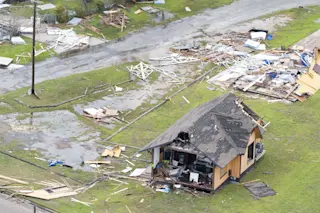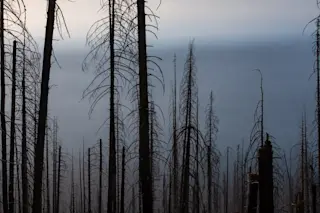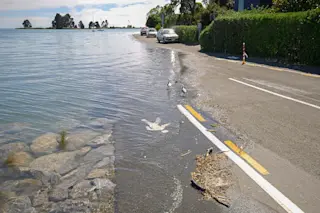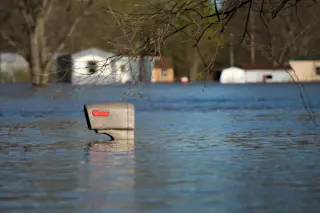The death toll from hurricanes Harvey, Irma and Maria numbers in the thousands. Excessive rain and flooding from the Atlantic hurricane season led to damages that cost at least $265 billion. Now, two new studies show how human activity is at fault.
“Tropical cyclones can have really strong impacts on people’s lives,” Christina Patricola, a climate scientist with the Lawrence Berkeley National Lab in California, who led one of the new studies, said. “I wanted to be able to develop a better understanding of what drives changes in these events with the ultimate goal of being able to provide more reliable information that could be used to advance resilience to extreme weather events.”
Climate change is a potential culprit for the destructive storms, but scientists have not yet reached a consensus on whether the changing climate has had an influence on tropical cyclones. Part of the problem is that the ...














